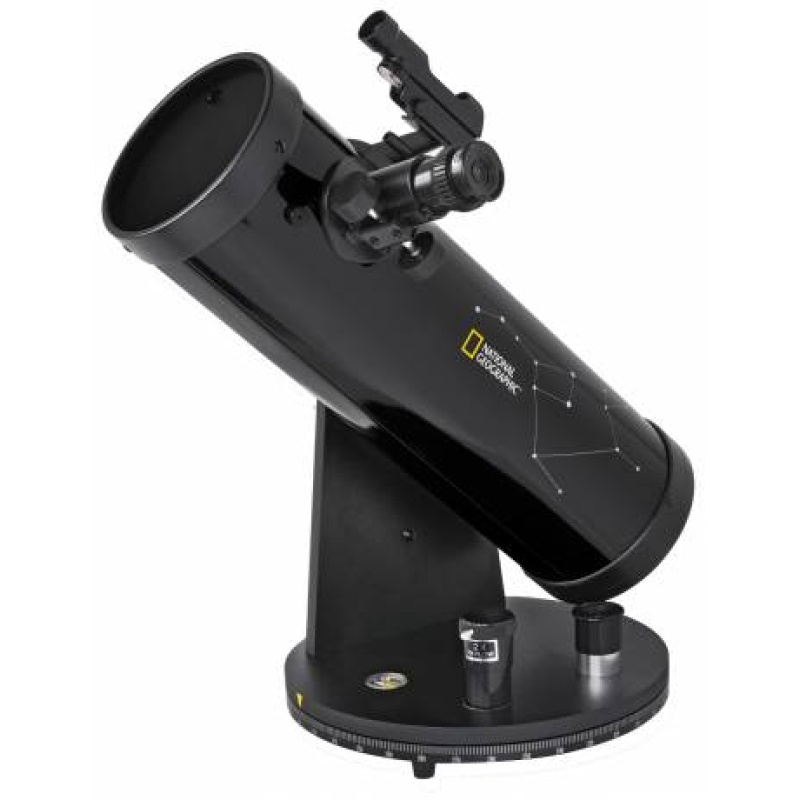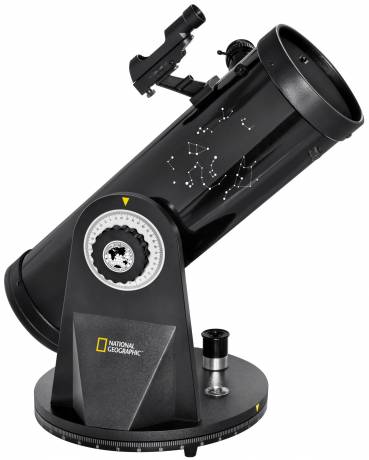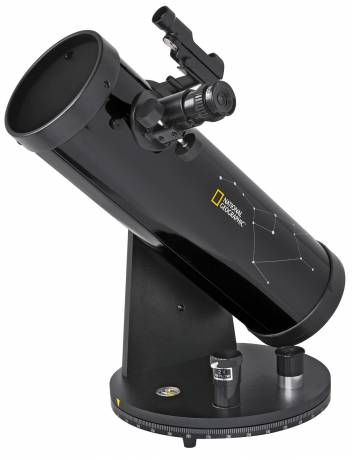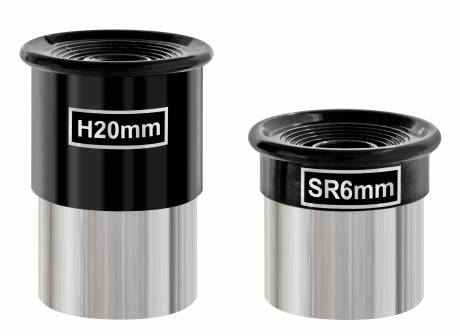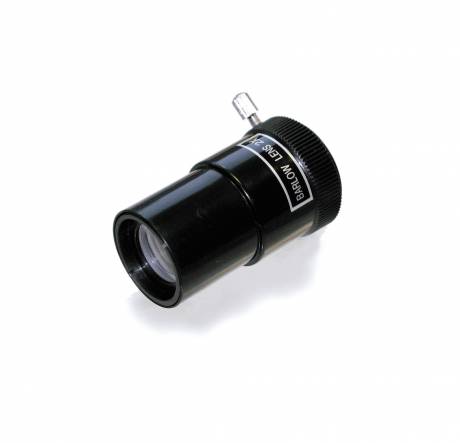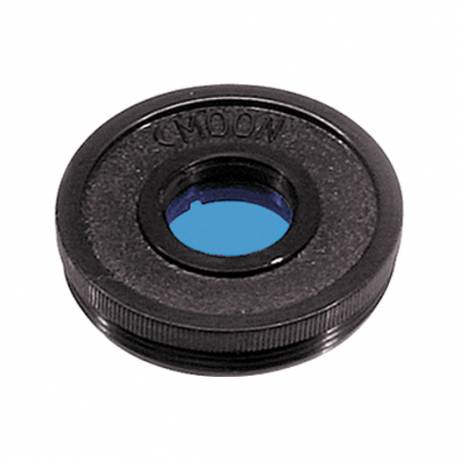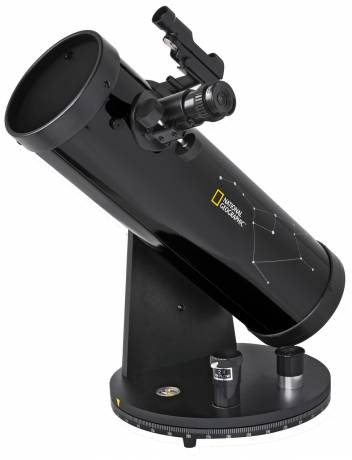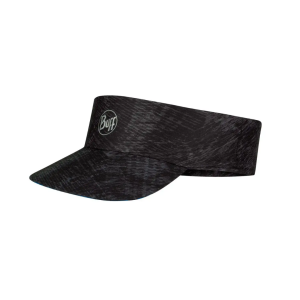Subtotal: AED236
 Ledlenser MH3 Lightweight Headlamp - Comfortable Hands-Free Lamp
From:
Ledlenser MH3 Lightweight Headlamp - Comfortable Hands-Free Lamp
From:  Powertraveller Mini G Rugged Power Bank 12000mAh - Durable & Reliable Charging Solution
AED700
Powertraveller Mini G Rugged Power Bank 12000mAh - Durable & Reliable Charging Solution
AED700
National Geographic Compact Telescope 114×500 – Portable & Easy-to-Use Telescope for Beginners
AED957
249 in stock
*Easy to handle reflector telescope for beginners
*Mirror diameter: 114mm / focal length: 500mm.
*Mount: alt-azimuth Dobson table mount.
*Magnification: 25x-167x.
*Scope of delivery: telescope, 2 eyepieces (6 mm, 20 mm), Barlow lens 2x, moon filter, LED finder, software.
NATIONAL GEOGRAPHIC 114/500 Compact Telescope
With its 114-mm aperture, this telescope collects three times more light than a 76-mm telescope. Therefore, fainter objects become visible, and you can see more details of the moon and planets. Nevertheless, the telescope is very compact and sets up quickly, with no assembly required, so it can be transported to your favourite night-sky-observation location easily. Use is very intuitive, without compromising stability. The built-in accessory tray keeps the eyepieces handy, and the red-dot finder makes locating objects simple.
Please note: Reflector telescopes with optical design Newton are very good for astronomical observing at the starry night sky. But these telescopes are not well usable for observing landscape and nature during daylight. Therefore we suggest refractor (lens) telescopes for landscape and nature observing.
* compact Dobson telescope
* easy to handle particularly for beginners
* integrated compass
National Geographic Compact Telescope 114X500: A Beginner’s Guide to Stargazing
Getting Started with the National Geographic Compact Telescope 114X500
The National Geographic Compact Telescope 114X500 is easy to set up and use, making it a great choice for beginners. The telescope comes with clear and concise instructions that make it easy to assemble and get started in no time. Additionally, the telescope is lightweight and portable, making it easy to take with you on camping trips or other outdoor adventures.
Optics and Performance
One of the standout features of the National Geographic Compact Telescope 114X500 is its high-quality optics. The telescope features a 114mm aperture and a 500mm focal length, which provides excellent image quality and clarity. Additionally, the telescope comes with two eyepieces, a 20mm and a 4mm, which provide a range of magnification options for different viewing scenarios.
Observing the Night Sky
The National Geographic Compact Telescope 114X500 is a great tool for exploring the night sky. With its high-quality optics and user-friendly design, it allows beginners to see a variety of celestial objects, from the moon and planets to stars and galaxies. To get started, it’s important to find a location with minimal light pollution, such as a dark park or rural area. Once you’ve found a suitable location, set up the telescope and start exploring the night sky.
Some of the celestial objects you can observe with the National Geographic Compact Telescope 114X500 include:
The Moon: The telescope provides a detailed and clear view of the moon’s surface, including its craters, mountains, and valleys.
Planets: The telescope allows you to see the planets in our solar system, including Jupiter, Saturn, Mars, and Venus. You can observe their unique features, such as Jupiter’s Great Red Spot and Saturn’s rings.
Stars: The telescope allows you to see a variety of stars, including binary stars and star clusters. You can also observe the colors and brightness of different stars.
Galaxies: The telescope allows you to see distant galaxies, such as Andromeda and the Whirlpool Galaxy. You can observe their unique shapes and structures.
Tips for Stargazing with the National Geographic Compact Telescope 114X500
Here are some tips for getting the most out of your stargazing experience with the National Geographic Compact Telescope 114X500:
- Use a star chart or astronomy app to help you locate celestial objects in the night sky.
- Take advantage of clear and dark nights for the best viewing experience.
- Allow your eyes to adjust to the darkness for at least 20 minutes before using the telescope.
- Use the lowest magnification eyepiece to locate objects, then switch to higher magnification for a closer look.
- Avoid using the telescope during windy conditions or when there’s a lot of moisture in the air.
- Clean the telescope lens regularly to maintain optimal image quality.
Additional information
| Weight | 5 kg |
|---|---|
| Dimensions | 33 × 33 × 18 cm |
| Brand | |
| Color | |
| Size | |
| Fulfillment | HUB |
| Warranty |
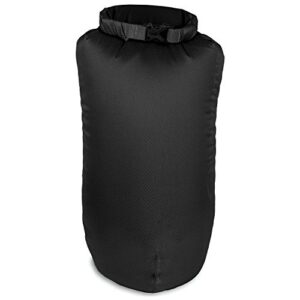 Life Venture Dristore Bag Pack Liner
Life Venture Dristore Bag Pack Liner 

